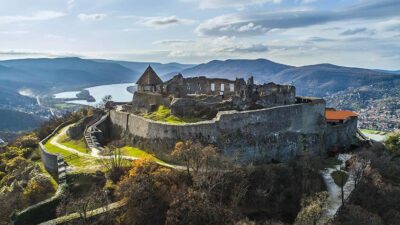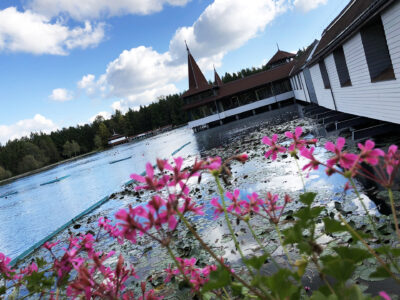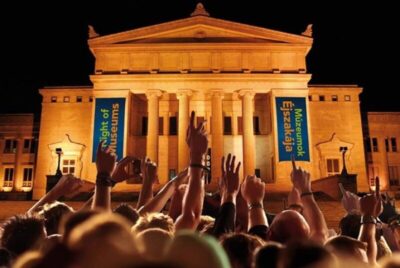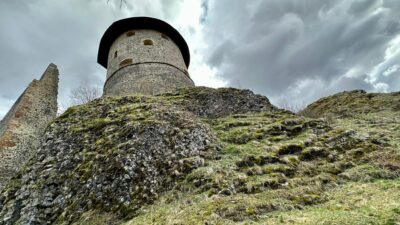
Budapest Travel Guide

BUDAPEST CARD - GET THE MOST OUT OF YOUR TRIP!
Budapest Card – The official tourist city card of the Capital
- unlimited travel on public transport
- more than 100 services
- free admission to the city’s 12 museums
- sightseeing tours at half price
- discounted tickets for cultural and folklore programs
- discount in restaurants and spas
- A package of services created for tourists visiting Budapest, offering discounts.
Its aim is to use a card distributed as an official capital product to offer reliable, assorted and discounted tourist services to visitors, from museum visits to bathing to meals.
By purchasing the card, our visitors can get benefits such as unlimited public transport, which greatly facilitates movement in the city, or free access to the thermal spa, which is one of the most popular destinations in the capital.
In addition to the services available free of charge with the Budapest Card, it makes a wide range of gastronomic and cultural offers available at a discount, which further increases the value of the card
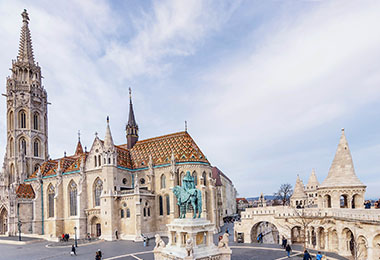

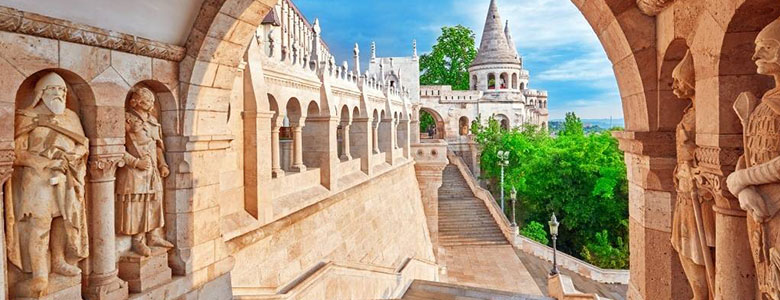
Budapest history
Traces have been found of settlements dating back as far as the Old Stone Age. People lived on both sides of the Danube, where Budapest now stands, in the second millennium BC Bronze Age urn sites have also been uncovered. In the 6th C. BC Scythians from the Black Sea region settled here, and there are signs of Celto-Illyrian tribes having been here in the 4th/3rd C BC.
A decisive factor in the town’s development was the building of a Roman fort in what is now Óbuda. The Roman base of Aquincum, separated into civilian and military districts, was the capital of the province ofz Pannonia and flourished during the second half of the 2nd C BC.
In the 5th C A.D. the Huns swept across the country, and King Attila set up a great new kingdom in what is now Hungary. From the 6th to the 9th C the Avars settled where Budapest now stands. About 896 the Magyars led by Prince Árpád settled in the area of present-day Óbuda. Later on they migrated to the hills further west to take advantage of the greater protection they offered.
Around the year 1000 Stephen (István) I, King of Hungary, organized a feudal state on the Central European model and introduced Christianity. A few years later merchants from central and western Europe settled in Buda and Pest and helped both places to develop rapidly. In 1241-42 Mongols stormed the Danube towns of Buda and Pest. A few years later the construction of the Castle of Buda ordered by King Béla IV was completed. The royal court moved to Buda in 1347 again, when work was begun to expand the fortification into a palace in contemporary Gothic style. From then on Buda became a royal town, while Pest developed into a prosperous trading center. In the second half of the 15th C Matthias Corvinus extended the Royal Palace and Buda, together with Visegrád, became a center of Renaissance culture.
In 1526, after their victory at Mohács, the Turks took Buda and Pest. Under Sultan Süleyman I (the Magnificent) many churches were converted into mosques, fine bath-houses constructed and defensive works modernized. Buda became the seat of a Grand Vizier.
It was 1686 before Charles of Lorraine was able to reconquest Óbuda, Buda and Pest for the House of Habsburg. Various measures taken during the reign of Empress Maria Theresa led to a further economic upsurge in Buda and Pest, largely brought about by an influx of German-speaking settlers. In 1777 Buda was made a university town but lost this title to Pest a few years later. The left bank of the Danube soon became the intellectual and political center of the country. In 1848-49 there was a civil revolution led by liberal nobles.
The Chain Bridge was opened in 1849, with the aim of helping Óbuda, Buda and Pest to merge more quickly. In 1867 Emperor Franz Joseph I and Empress Elisabeth (“Sissi”) were crowned in Matthias Church. The Austro-Hungarian monarchy of the Danube came into being. In the history of Budapest the year 1872 stands out as a milestone, for it was then that the three separate settlements of Pest, Buda and Óbuda (literally “Old” Buda) were united into one city with a population of more than 150,000. Budapest officially became the capital city of Hungary, and underwent rapid growth in size and eminence. This was the city’s golden age, and coincided with the Hungarian millennial celebrations in 1896 when the continental Europe’s first underground railroad was opened. At the outbreak of the First World War many well-known industrial firms established themselves in the Budapest region.
As a result of the war Budapest suffered severe economic setbacks which continued in the years between the wars. Towards the end of the Second World War, in the autumn of 1944, Budapest became a front-line town and suffered severe damage, especially in the castle quarter where units of the German army were barricaded in.
From February 13th 1945 onwards Soviet troops controlled the whole of Budapest and thereafter it was ruled along strict Soviet lines. In the autumn of 1956 political turmoil and economic hardship fuelled popular uprisings which were savagely put down by Hungarian and Soviet forces of law and order. The inner city presented a picture of devastation.
In the 1960s and 1970s much inner-city building and reconstruction took place, such as the opening to traffic of the Elisabeth Bridge, extension of the underground network, renovation of the old city center, especially the castle quarter, and the building of large luxury hotels both in the castle quarter and on the Pest bank of the Danube. What soon became known as “goulash communism” encouraged an upsurge in tourism, and visitors from both Eastern and WesternEurope as well as the US in particular visited the city in ever-increasing numbers.
In 1989 the events of 1956 could be viewed in a fresh light, and on June 16th hundreds of thousands paid homage to the former prime minister Imre Nagy who had been disgraced and executed 31 years previously. These political changes led to the Iron Curtain on the Hungaro-Austrian border being pulled down, and several thousand East Germans took advantage of the situation to flee to West Germany and other western countries.
Budapest, now home to two million inhabitants, would appear countless times on any list of superlatives. The Continent’s first underground railway was built here. From here originated more pioneering Hollywood film makers than from any other European city. Budapest was the home of such world class inventors as Kálmán Kandó, the father of electric railways, and János Irinyi, one of the early developers of matches. Hungary’s two most celebrated composers – Béla Bartók and Zoltán Kodály – lived in Budapest, and Nobel Prize-winning Hungarian author Imre Kertész was born here.
Budapest.com
What is the best month to visit Hungary?
The best time to visit Hungary is in spring and autumn, when the weather is fine, and you won’t have to compete with thousands of other tourists. The high season is during the summer months between June – August, when all of Europe is on holiday.

